How to Fix a Washing Machine That Won’t Spin

By Erin Lindholm
Besides filling with and draining water, a washing machine’s core function is driven by the spinning motion of its internal drum (the proper name for the metal cylinder that holds the wash load). It’s that constant spinning motion that keeps your clothes, sheets, and towels swishing and tumbling around in the suds. And during the spin cycles, the machine’s rapid-spin motion pulls out excess water so your freshly-cleaned clothes aren’t sopping wet going into the dryer. The bottom line: When your washing machine isn’t spinning properly, it’s not cleaning your laundry correctly or operating optimally—which is a major headache for any household.
Before you start worrying about how much it’s going to cost to fix a washer that won't spin or replace the washing machine entirely, take a few minutes to walk through the troubleshooting topics outlined in this guide. We’ll cover the most common scenarios for what’s causing the issue and how to fix a washing machine that won’t spin. With any luck, it may be as simple as a user error!
Photo via Ann @ Duct Tape and Denim
Problem: Overstuffed or Unbalanced Drum
Ultra-stuffed loads of laundry and extra-bulky loads (blankets, comforters, pet beds, pillows) result in damage to your washing machine over time. If your otherwise-functioning washing machine stops spinning mid-cycle, it’s very likely because the drum is overstuffed.
To fix, open the washer and remove or rearrange soggy garments to reduce the bulk of the load to a normal wash size or rebalance the bulky items as best possible. Depending on your washer, you might have to wait until the cycle ends for the door to unlock before reducing or rebalancing the wash load. Then run through again.
Problem: Too Much Detergent
Some washing machines—especially newer machines, such as HE (high efficiency) models—will stop their wash cycles if the machine’s sensors detect that there’s too much excess foam in the drum, which is the result of too much laundry detergent in the load.
If your load stopped because there’s too much foam, pour a fabric softener (about a cap full) into the machine’s dispenser drawer and flush it down with cold water. This should suppress the foam.
For future loads, double-check instructions on your detergent for how much should be added per load size, as well as the manufacturer’s guidelines for your model of washing machine, to make sure you’re adding no more than the recommended dose.
Clean Your Washing Machine
Problem: Machine Is Unbalanced
If your top-loading washing machine makes quite a racket with every cycle by shaking back and forth or vibrating, there's a good chance that the machine itself is unbalanced. This can also cause the barrel to go off-kilter and lose its spinning ability.
Thankfully, fixing a washer that won’t spin because it’s on uneven footing is a fairly quick job, requiring only a few basic tools. Top-load washers sit on four legs, kind of like a table. Place your hands on opposite corners of the machine and rock it back and forth to determine which leg is the uneven one. Use a wrench to adjust the leg in question, turning the leg clockwise to raise the washer and counterclockwise to lower the washer. Test the machine’s level as you tighten or loosen the leg; it may take some trial and error.
Problem: Electrical Surge
Has your area experienced any severe weather lately? What about local power outages? In newer machines, internal technology drives much of the washing machine’s operation, which makes it that much more susceptible to go on the fritz because of an electrical issue. Try the age-old IT advice of turning off your device and restarting, which in washing machine speak means unplug your machine, wait a minute or two, and plug it in again.
Flip the Breaker
Problem: Faulty Lid Switch or Door Lock
As a safety feature, many washing machines won’t start the wash cycle or spin until the door locks (front-loading washers) or the lid switch is secured (top-loading washers). Many newer washers have an indicator light that illuminates when the door or lid is locked; double-check to see if the indicator is on/off, or if any other error indicators have illuminated. In both front-loading and top-loading washers, a hatch can become skewed over time.
Before attempting to fix the lid hatch or door look yourself, it’s important that you turn your machine’s power off and unplug it. The hatch likely has an electric current running through it, which is what is activating the error indicator on the machine.
For top-loading washers, locate the lid switch underneath the lid towards the front of the machine and check the connection it has to the latch. If the switch is visibly bent, try gently straightening with your fingers. If that doesn’t work, then the latch needs to be replaced.
On front-loading washing machines, the door lock will be on the opposite side of the door’s hinge. Unfortunately, there’s no way to really fix this without replacing the entire door lock. Learn how to here.
Photo via Anne
Problem: Clogged Drain Hose
If your washing machine doesn’t fully drain after the wash cycle, it won’t initiate the spin cycle. Check for excess water in the drum by opening the lid if possible. For front-loading washing machines, look closely to see if there’s still a water line visible in the drum. There may be issues with the washer draining water via the pump and drain hose.
To fix a washer that will not spin because it’s not draining correctly, you’ll have to get behind the machine and inspect the drain hose and drain pump (turn off and unplug the machine first!) for clogs, which could be anything from small coins to hair pins, shirt stays, or buttons. Use needle-nosed pliers to pull out anything within reach. Make sure the hose is straight without any kinks, and replace a hose if it has signs of rust or leaks or if the obstruction is too deep to reach.
Problem: Damaged Drive Belt
Like many other appliances and machines, washing machines have a motorized belt loop that keeps them running properly. There’s a quick test to check if your washer’s drive belt may be damaged or broken that doesn’t require opening up the hood, so to speak. When the washer’s empty, try spinning the internal drum with your hand. If it spins easily and with no resistance, that’s an indication there’s an issue with the belt drive, which requires calling a washing machine repair specialist.
When to Call a Professional
To recap, schedule an appointment with a washing machine repair specialist for any of the following reasons:
- There seems to be a technological malfunction like an error message or issues working after power reset.
- You’re not able to get behind the washing machine to try one of these fixes without over-exertion or effort.
- You think the drive belt could be broken or damaged.
- Any of the above DIY troubleshooting solutions fail to resolve the problem, which could indicate the washer’s drive motor is burnt out, among other issues.
Have you fixed a washing machine that won’t spin? Share your expertise in the comments below!



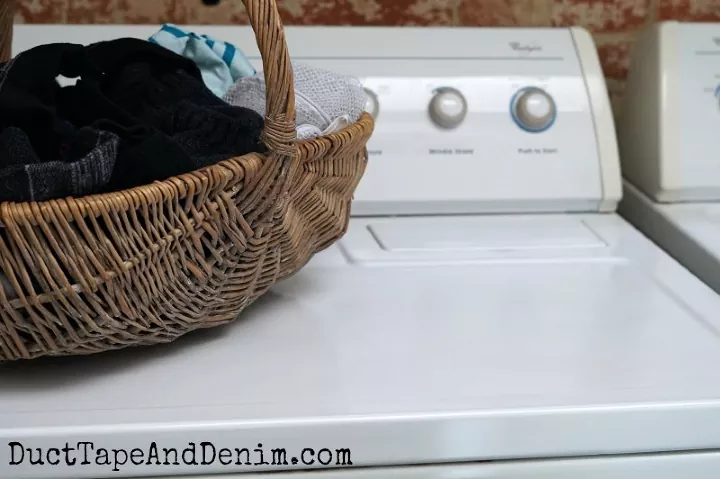

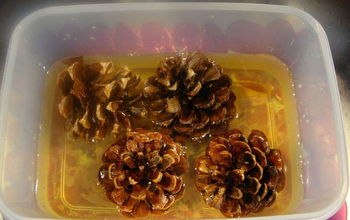

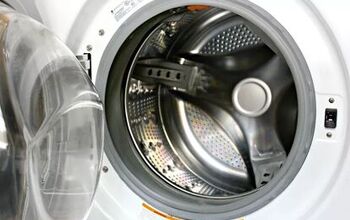



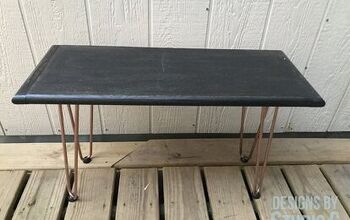


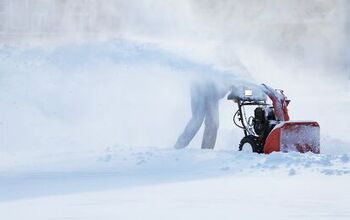
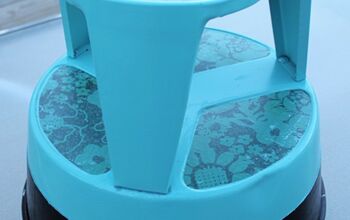

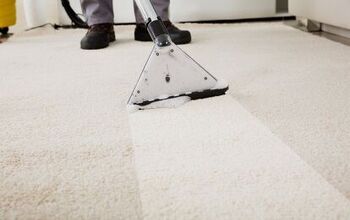







Frequently asked questions
Have a question about this project?